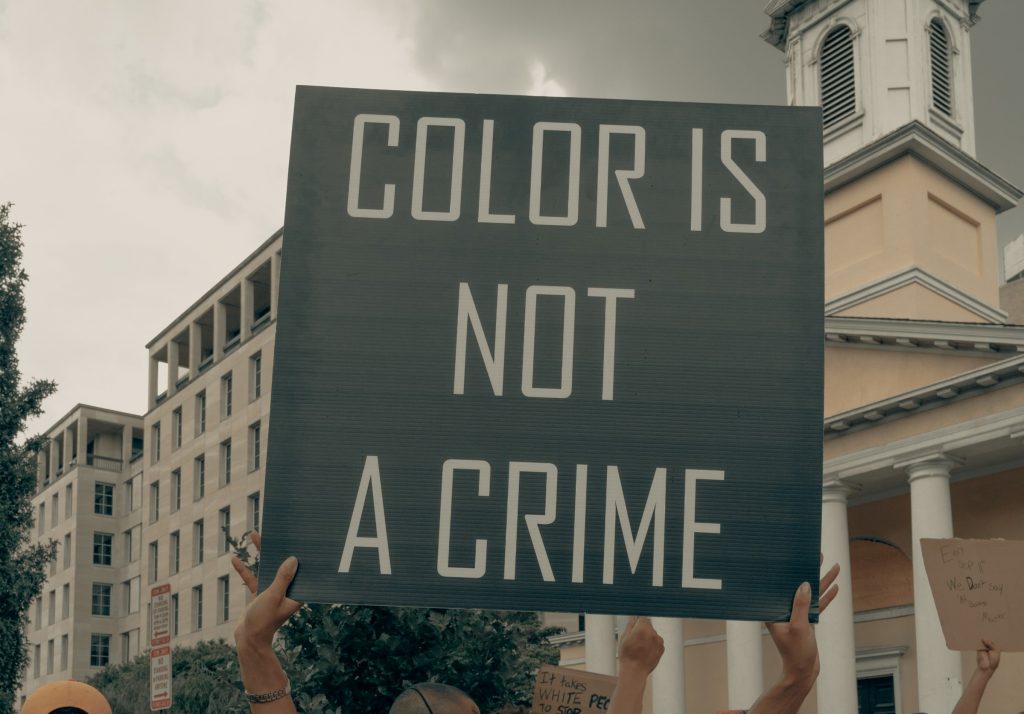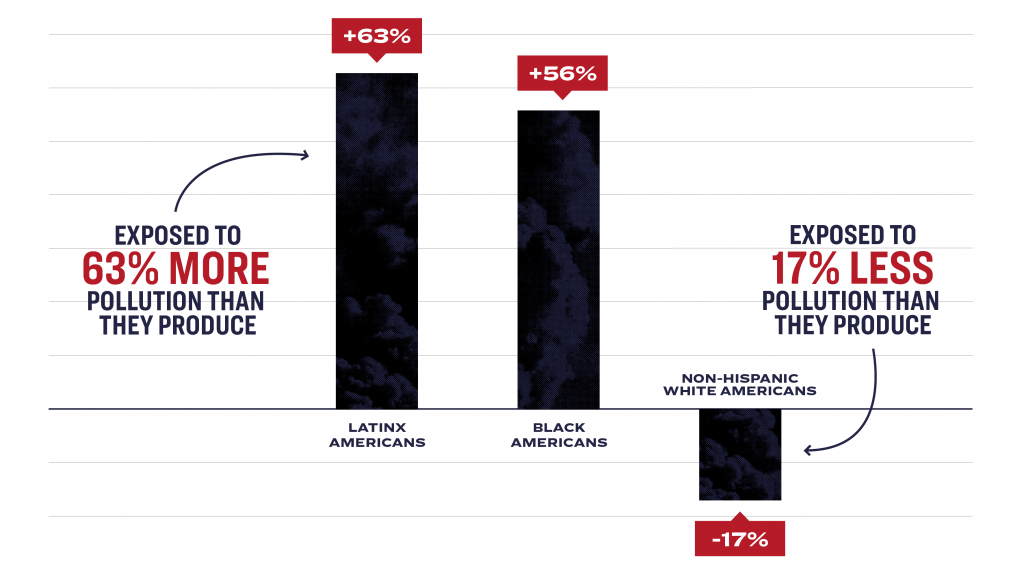By definition by Green Action, environmental racism is referred as:
“The institutional rules, regulations, policies, government, and/or corporate decisions that deliberately target certain communities for locally undesirable land uses and lax enforcement of zoning and environmental laws, resulting in communities being disproportionately exposed to toxic and hazardous waste based upon race.”
In 1982, Benjamin Chavis, a civil rights leader for African-Americans, noted the term “environmental racism” (Beech, 2020). In that year, the black community was burdened with PCB-laced soil in North Carolina (Lazarus, 2000).
However, this is happening worldwide and it’s just not sustainable.
Why does environmental racism happen?

Different factors and reasons result in environmental racism. First, it’s sometimes the perception of low-income land from people of colour or it could be due to the need for a receptacle for pollutants in urban areas. Lastly, it could even be a lack of authoritative power in a government. When building a waste facility or having a polluted waterway, these thoughts often neglect the people who live in those urban areas and, therefore, nothing is done regarding that, which is the beginning of environmental racism.
Where is environmental discrimination happening?
This form of racism is often seen in the USA, however, there have been reports of environmental discrimination occurring in China and in the UK.
For instance, Chinese residents in Guiyu have had their waterways poisoned by high lead concentrations, which was 190 times higher than the acceptable limit outlined by WHO (Beech, 2020), due to a nearby e-waste process facility (Huo et al., 2007). As a result, 80% of the children in the surrounding area have died due to poisoning (Beech, 2020). What’s saddening is the reason for the facility’s location was because the “implementation of a clean and safe high-tech recovery process was very expensive” and workers operating in Guiyu were using an unsophisticated process. This implies that the workers are “cheap” and have been harmed by the pollutants. View the following video for the conditions the workers are exposed to.
Furthermore, a UK governmental study had found children of color are exposed to environmental pollutants (particularly air-pollutants) 30% more than their white counterparts. Additionally, that same report found that white residents had a 14.9% lower risk of being exposed to road pollutants than any other ethnic race (DEFRA, 2011).
The recent Black Lives Matter movement in 2020 has reignited the uproar of environmental racism and more people are now conscious about this inequality. Studies in the USA have also found that non-hispanic white Americans are 17% less exposed to pollutants than those of color (Beech, 2020), where the following graph visualizes this clearly.

Moreover, a toxic waste stream is located nearby an estimated 70% of the USA’s low-income population. Two million of these low-income residents and people of color also live approximately in a 1.5 km radius of one site that is vulnerable to climate change-related flooding (Bergman, 2019).
Final thoughts
A common adage is, “If you can’t see it, it doesn’t mean it’s not happening elsewhere”. That quote applies heavily to racism. Like a pandemic, an individual’s mental and physical well-being will suffer when exposed to this form of injustice.
Can’t get enough of social sustainability? You can follow THRIVE on our Instagram, Facebook, and Twitter pages to keep up to date with us and our latest projects.
References
Beech, P. 2020. What is environmental racism? World Economic Forum. https://www.weforum.org/agenda/2020/07/what-is-environmental-racism-pollution-covid-systemic/
Bergman, M. M. 2019. ‘They chose us because we were rural and poor’: when environmental racism and climate change collide. The Guardian. https://www.theguardian.com/environment/2019/mar/08/climate-changed-racism-environment-south
Department of Environment, Food & Rural Affairs (DEFRA). 2011. UK notification to the European Commission to extend the compliance deadline for meeting PM10 limit values in ambient air to 2011. https://web.archive.org/web/20110710192634/http://www.endsreport.com/docs/20090820a.pdf
Lazarus, R. J. 2000. Environmental racism, that’s what it is. U. Ill. L. Rev.
Huo, X., Peng, L., Xu, X., Zheng, L., Qiu, B., Qi, Z., Zhang, B., Han, D., and Piao, Z. 2007. Elevated blood lead levels of children in Guiyu, an electronic waste recycling town in China. Environmental Health Perspectives, 115:7. https://doi.org/10.1289/ehp.9697























